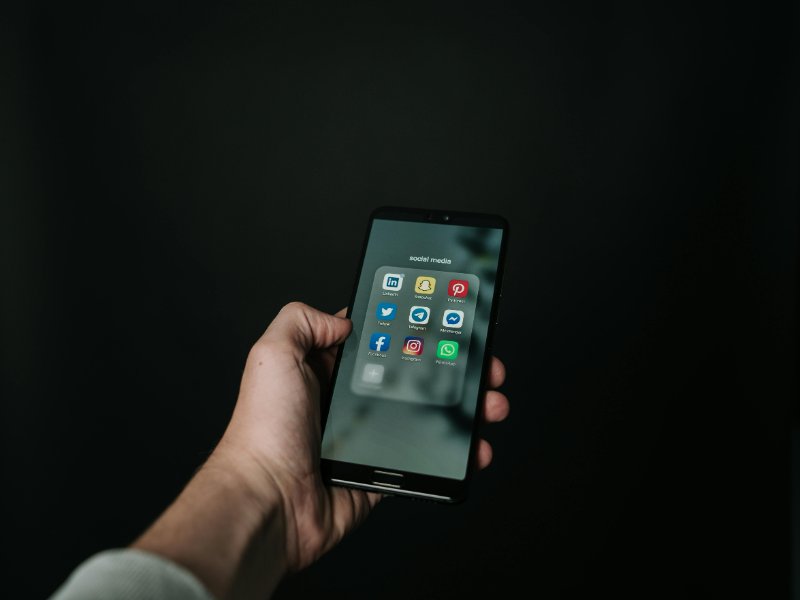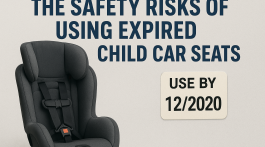The rise of smartphones has not only dramatically transformed how we live, but also changed how we drive. While texting and driving has long been a concern, the widespread use of social media behind the wheel has introduced new dangers and legal challenges. Today, distracted driving laws are being tested in ways lawmakers could not have anticipated a decade ago.
What Is Considered Distracted Driving?
Distracted driving is any activity that diverts attention away from the primary task of operating a vehicle. According to the National Highway Traffic Safety Administration (NHTSA), distractions fall into three categories:
- Visual: Taking your eyes off the road (e.g., looking at a phone screen).
- Manual: Taking your hands off the wheel (e.g., typing a comment).
- Cognitive: Taking your mind off driving (e.g., thinking about a social media post).
Social media use is especially dangerous because it often involves all three distractions at once. Whether it’s scrolling through Instagram, live streaming on TikTok, or replying to a DM, engaging in these distractions while driving significantly increases the risk of a crash.
State Laws on Distracted Driving
Distracted driving laws vary by state, and most focus primarily on texting and handheld device use. As of 2025, almost all U.S. states have laws banning texting while driving. However, only a subset of states have comprehensive handheld device bans, which prohibit drivers from holding or manually operating a phone while the vehicle is in motion.
Some states, like Georgia and California, have hands-free laws that apply broadly to any use of a phone—including social media—while driving. Other states, however, may not specifically address social media use in their statutes, creating potential loopholes and enforcement challenges.
In many cases, unless social media use leads to erratic driving or an accident, it can go unnoticed or unpunished.
How Social Media Use Fits Into These Laws
Even if a law doesn’t mention “social media” by name, most distracted driving statutes are broad enough to cover its use. For example, a law that bans “manual input into an electronic device” while driving would clearly prohibit typing a social media comment or posting on Instagram behind the wheel.
Posting videos, recording stories, or reading notifications are all actions that can be interpreted as distracted driving under existing laws. In cases involving accidents, evidence of social media use at the time of the crash—such as a timestamped post or message—can be used to prove negligence or recklessness.
That said, not all states have adapted their laws to keep pace with changing technology which has implications for both drivers and accident victims seeking legal recourse. Also, social media addiction lawsuits have been filed due to the various negative impacts of social media on users.
Legal Consequences of Social Media-Related Distracted Driving
Drivers caught using social media while driving may face:
- Traffic citations: Fines, points on their license, or mandatory driving courses.
- License suspension: Particularly for repeat offenders or if an injury occurs.
- Civil liability: If social media use leads to a crash, the driver may be held liable in a personal injury lawsuit.
- Criminal charges: In serious cases involving injury or death, distracted driving may result in reckless driving charges or vehicular manslaughter.
Insurance companies may also deny claims or increase premiums for drivers found to be using social media at the time of a crash.
Challenges in Enforcement and Prosecution
Despite the known risks, enforcing distracted driving laws related to social media is difficult. Law enforcement officers often have a hard time proving what a driver was doing on their phone. Unlike texting, which may leave behind clear message logs, social media use is more fleeting—stories disappear, videos are deleted, and direct messages may not be easily accessible.
Prosecutors may need to subpoena phone records or social media data, which can be time-consuming and legally complex. Additionally, many drivers claim they were using navigation apps rather than social media, complicating matters further.
Social media has become a major player in the distracted driving epidemic, yet many laws have not been enacted. Until legislation becomes more comprehensive and enforcement more effective, the burden remains on drivers to act responsibly. If you’ve been injured in an accident caused by distracted driving, getting legal representation from an experienced attorney can help you understand your rights and pursue the compensation you deserve.




No Comment